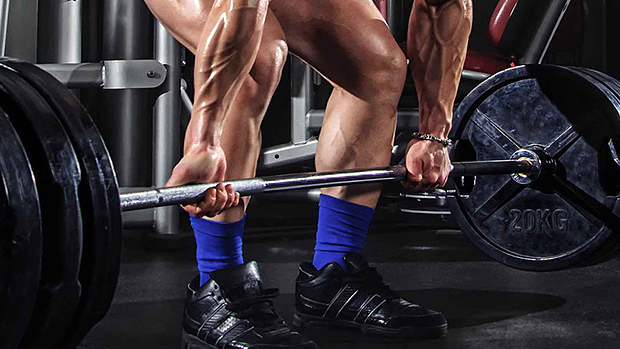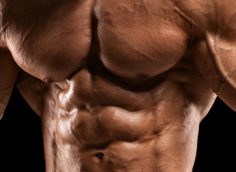The Poor Elbow
It's such an underappreciated joint. It doesn't get the love the shoulder gets. Lifters will often do the common preventative things for shoulder maintenance, but we tend to overlook elbow health... until it becomes a problem. And even then, all the elbow is likely to get is a bag of frozen peas.
The elbow is a hinge joint, but a pretty busy and complex one. A total of sixteen different muscles cross the elbow joint. These muscles are grouped by function.
You're probably most familiar with the elbow flexor group (biceps brachii, brachialis, brachioradialis) and the elbow extensor group (triceps brachii, anconeus), but there's also the wrist/finger flexor group and the wrist/finger extensor group (all of which have overly long and complicated names), and then there's the two muscles responsible for rotating the forearm.
In the gym, your wrist/finger flexors and extensors tend to be more active isometrically to prevent movement rather than produce it. Your wrist flexors engage isometrically to prevent your wrist from bending backwards (anti-extension) as you curl. They also do the same during most triceps exercises.
As a result, the extensors of the wrist and fingers tend to be pretty badly neglected in the gym. While they're active when you use your mouse and keyboard, they just don't get enough work when you lift, leading to strength imbalances and, eventually, pain.
The Weakness That's Causing Pain
If you're like many lifters, you'll feel the pain caused by your underactive extensors just below the elbow, on the meaty top side of the forearm. This pain will appear when you're pressing, doing lateral raises, or during pull-ups.
To keep your elbows healthy and happy, there are two exercises that you should do much more often: the reverse curl and the reverse-grip triceps pressdown. Both require the wrist and finger extensors to fire isometrically in anti-flexion to keep the hand aligned with the forearm.
Reverse Curl
The reverse curl is an exercise you don't see many lifters do. In addition to the work it gives your brachioradialis and brachialis, it'll go a long way to alleviating elbow pain.
Rather than the traditional barbell or EZ bar versions of the exercise, do your reverse curls on a low-pulley cable station instead with an EZ bar attachment to get your wrists in a safer position. Due to the arcing nature of the movement, you get more continuous tension on the target muscles with the cable version.
- Keep the load relatively light. To maximize tension on the forearm, step way back from the pulley so that the cable is roughly at a 45 degree angle to start with.
- Curl the weight up slowly and emphasize the eccentric with a very slow and controlled descent. Shoot for 3 sets of 12-15 reps.
Use this exercise after your regular curls to give your forearm flexors a little additional work and some much-needed attention to your wrist extensors.
Reverse Grip Triceps Pressdown
When you perform these, think of them as a little bonus work for your triceps as you build up your extensors.
- Set up at a high pulley station with a relatively light weight. Use the EZ bar attachment for better wrist positioning.
- Grab the bar with an underhand (palms up) grip, keep your elbows tight to your sides and perform slow, controlled reps. Three sets of 12-15 is about right here.





